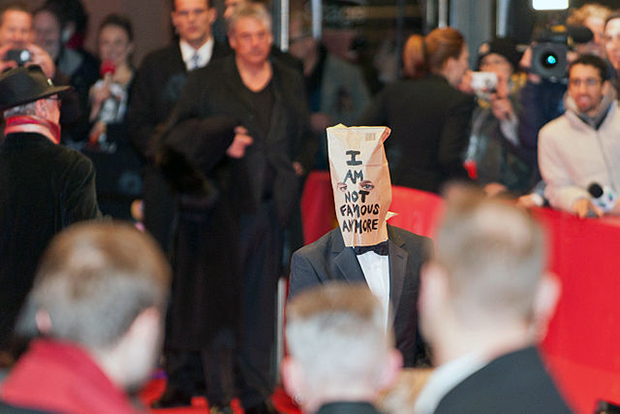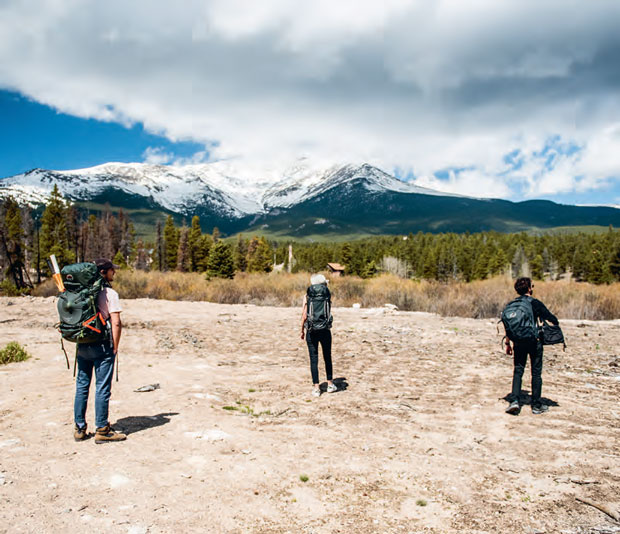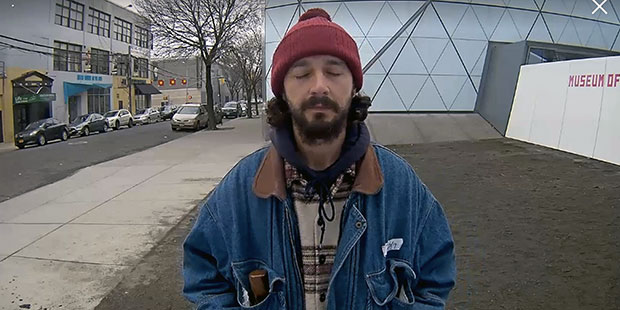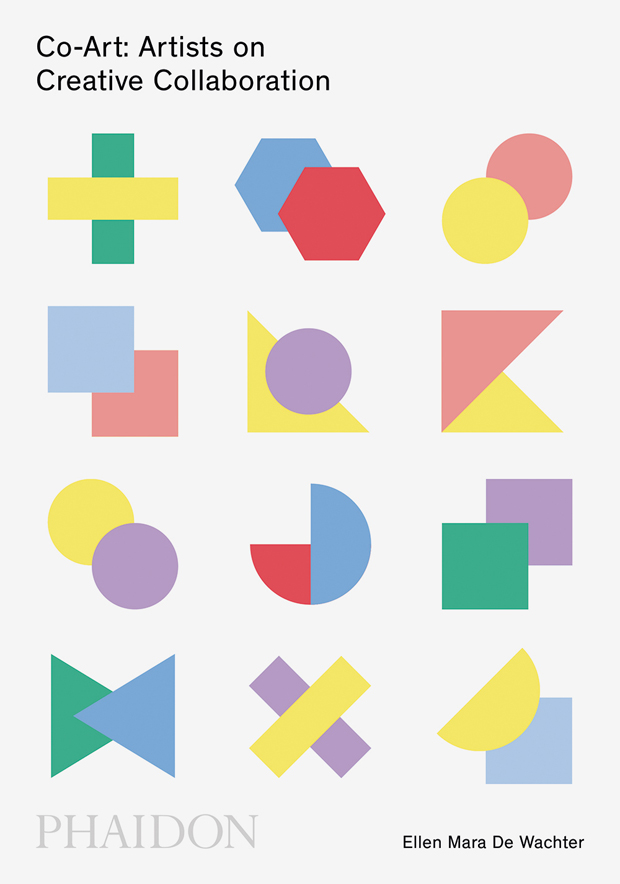
How Shia LaBeouf can unlock your creativity
The Hollywood actor worked better, and more creatively, in a team. Could you too?
The award-winning US actor Shia LaBeouf is best known for his starring roles in films such as Fury, Indiana Jones and the Kingdom of the Crystal Skull, the Transformers franchise and Lars von Trier’s Nymphomaniac. However, more recently he’s gained notoriety outside of the movie business for putting a paper bag over his head, staging a crowd-sourced road trip, and inaugurating a live-streamed anti-Trump protest, HEWILLNOTDIVIDE.US.
The press has characterized these forays into performance art as eccentric stunts. However, LaBeouf explained to author Ellen Mara De Wachter in our book Co-Art: Artists on Creative Collaboration, these pieces are, in fact, artistic team efforts, produced in collaboration with Central Saint Martins graduates Nastja Säde Rönkkö and Luke Turner.

LaBeouf favours working together, partly because the group's differences aid their creative process.
“We leverage the differences in us,” LaBeouf explains in the book. “It’s a very energetic collaboration, there’s a lot of friction involved, people put their ideas out there and there’s a wearing down process. Usually there is this idea about friction being a negative thing. We use that energy in a really positive way, nobody’s shitting on anyone’s ideas.”
La Beouf also believes, by pooling their efforts, they can draw on different talents. “I find it hard to define what each of us do because we all have hands in all things, but there are specific skills. Nastja knows about connectivity and gesture, Luke knows about framing. Nastja and Luke don’t know much about [Russian actor and director] Stanislavski,” explains LaBeouf. “Not a lot of it is academic either, it has to do with intuition. There is a sensitivity in Luke for certain things that he probably won’t talk about, but that Nastja and I don’t have.”

Working together, rather than as a lone genius, means more solutions and more contributions, as the actor explains. “Once you’ve collaborated with someone, you’ve invited them to be part of the solution, to contribute,” says LaBeouf. “All we’re ever doing is inviting people to contribute."
